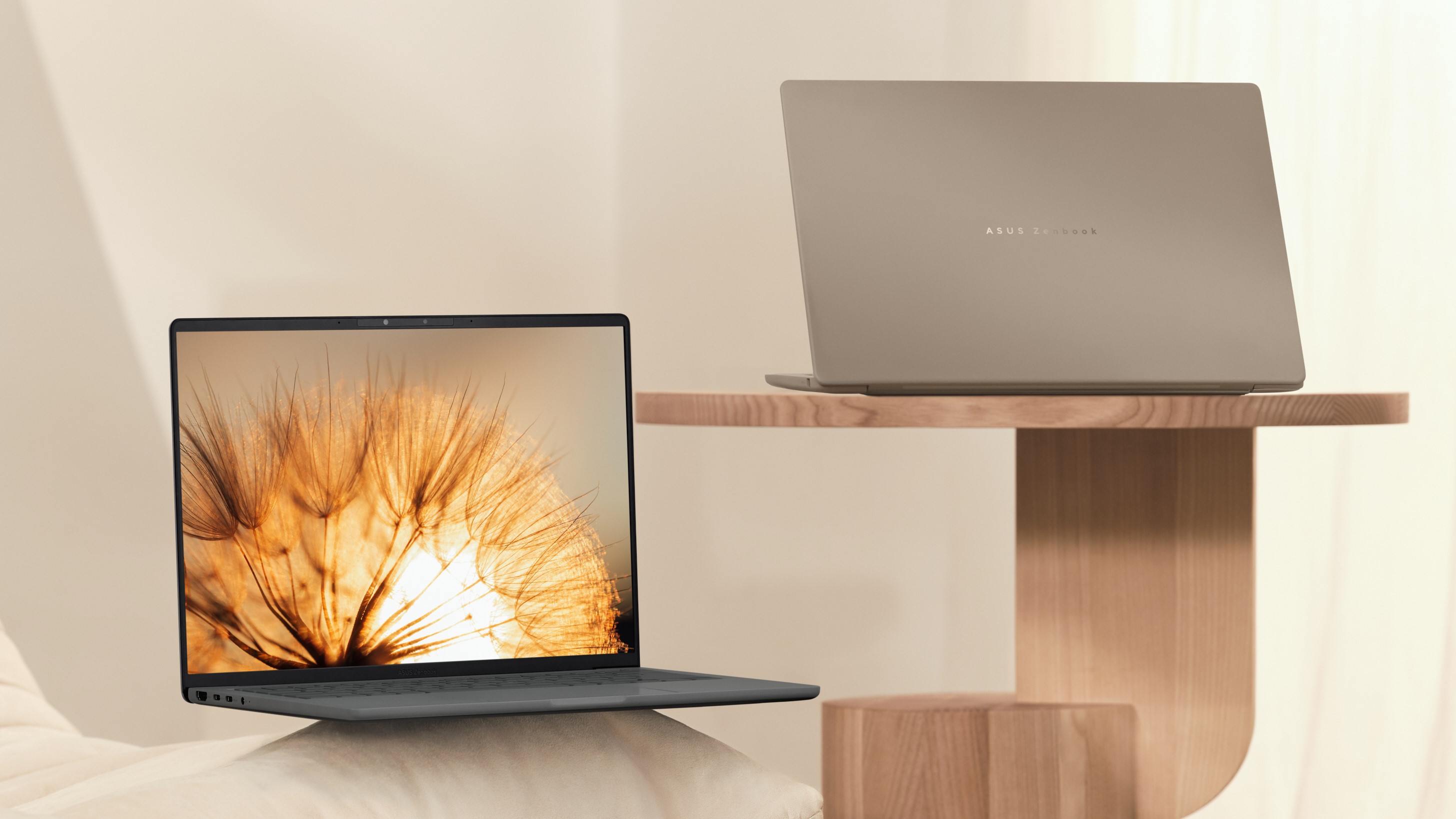
Asus is a leader in laptop innovation, so I can’t say I’m 100% surprised to learn the company threw some ceramic in a laptop to make the lightest Copilot+ PC to date.
The Asus Zenbook A14 surfs onto the Qualcomm Snapdragon X Elite wave at just 2.16 pounds. That’s over half a pound lighter than the 2.7-pound MacBook Air 13-inch (M3). Asus delivers that weight with its previously unveiled Ceraluminum, a trademarked way to say that the company used uniquely applied ceramic for the entire chassis, including the lid, keyboard frame, and deck.
But is that unique feel and low weight enough for the Asus Zenbook A14 to hold its limelight? Let’s dive into what else Asus is packing in this baby.
Asus Zenbook A14: Specs
All about that Asus Zenbook A14


The Asus Zenbook A14 comes in two models, at $899 and $1,099. The former is set to launch on January 13, while the latter will launch sometime in late March.
As you can see above, there aren’t a lot of shocking specs included in the Asus Zenbook A14. However, there are a few things to be excited about.
First, let’s talk more about the design. At 2.16 pounds and 12.23 x 8.42 x 0.53~0.63 inches, the Zenbook A14 is not only incredibly light but gets relatively close to the MacBook Air (0.44 inches). Asus rates the key travel at 1.3 millimeters, which is great considering the size. And while I don’t like that it looks too much like a MacBook, the gray and beige colorways are sleek. For its ceramic feel alone, I am excited to touch it.
I’m hyped for that 14-inch, 16:10, 1920 x 1200 OLED display. Getting an OLED display in this price range is always a sweet deal. But what did surprise me was Asus’ claim that it covers 100% of the DCI-P3 color gamut and emits 600 nits of brightness. Those are better benchmarks than most premium laptops (I’m talking about notebooks that cost over $2K). Granted, it’s a 1200p display, but that’s still impressive.
Conversely, battery life claims are expected. Asus claims you can get up to 19.5 hours of web browsing. While that is on the higher end compared to its siblings, it aligns with our testing of Snapdragon X processors.
We’re excited to get our hands on the Asus Zenbook A14 when it comes through our lab. Stay tuned for our full review and benchmarks. In the meantime, check out our ongoing coverage of CES 2025.







